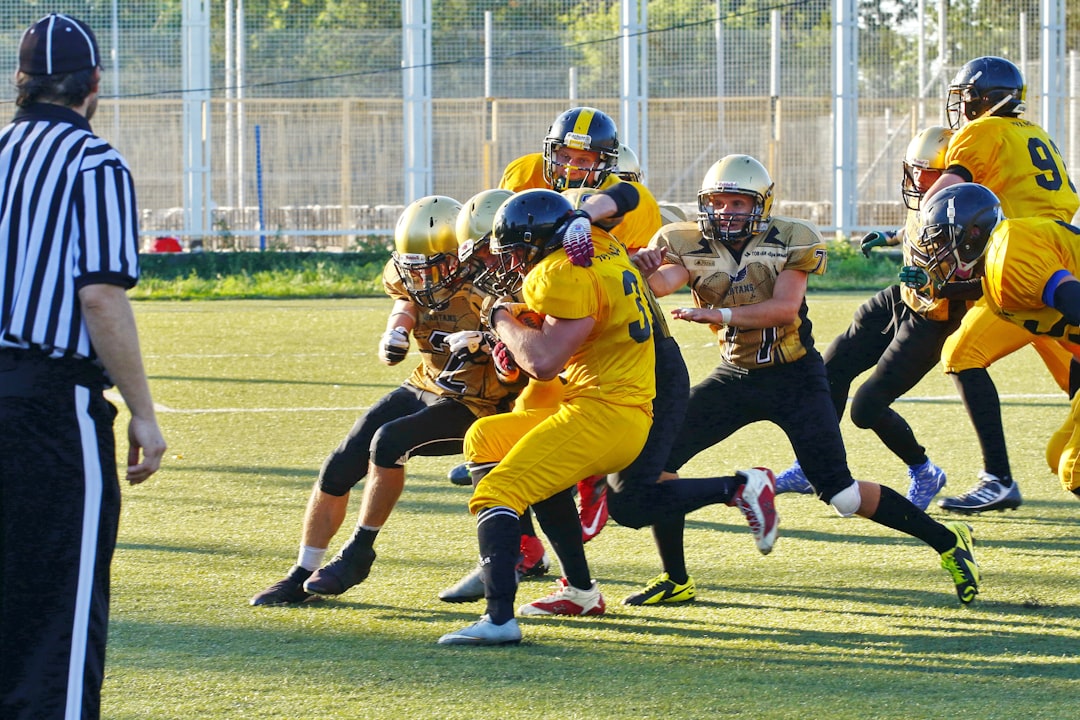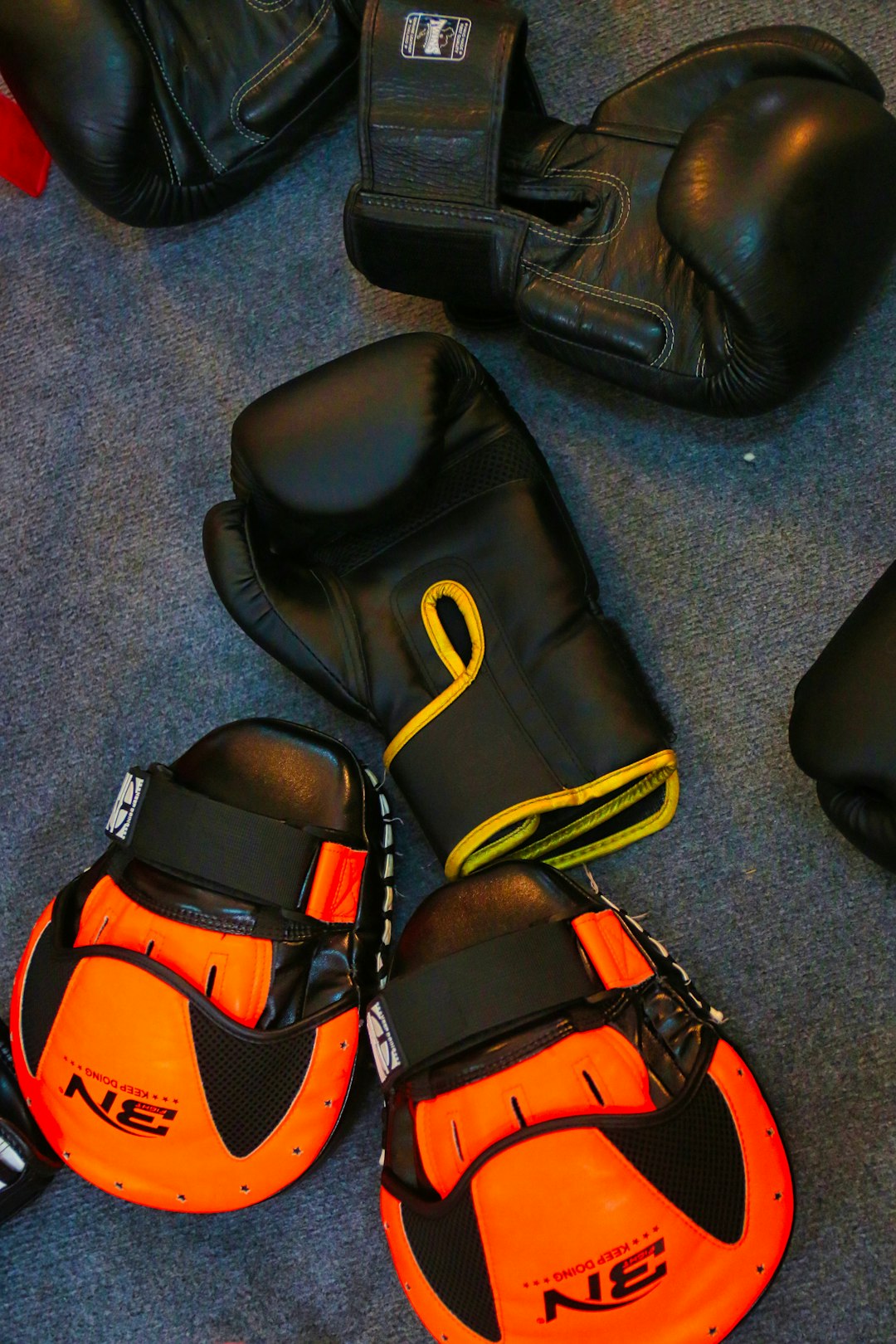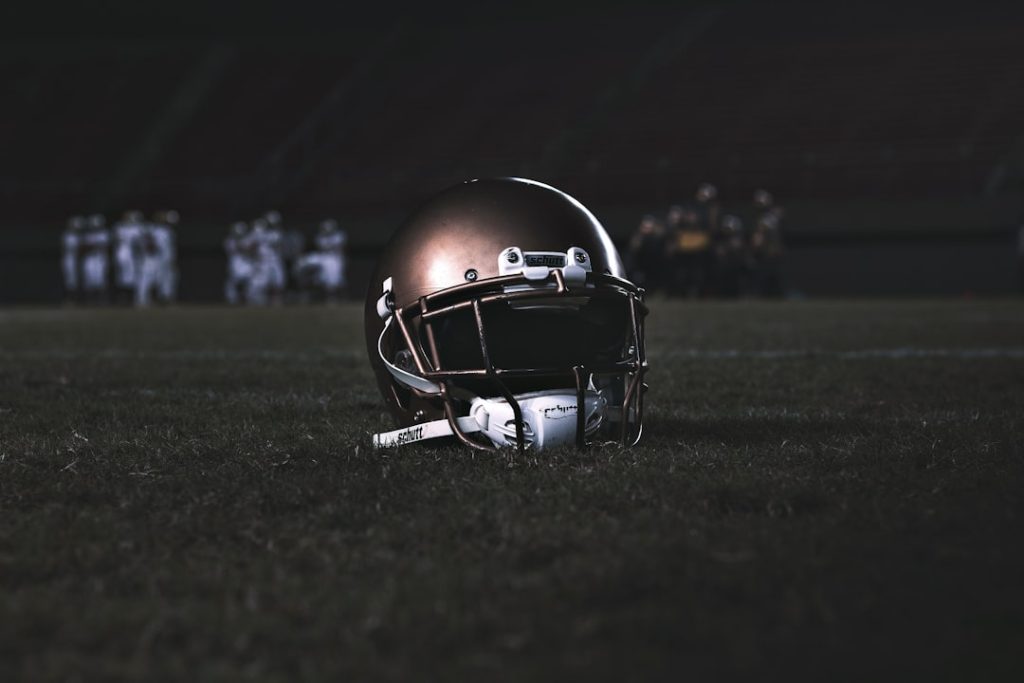As the leaves begin to turn and the air gets crisp, fall signals the start of a vibrant sports season. From Friday night lights to cross-country meets, autumn presents a perfect stage for athletes to shine. To perform at their best, players and teams need gear that not only meets safety regulations but also enhances athletic performance. This guide outlines the must-have gear for popular fall sports, ensuring players remain protected, comfortable, and competitive throughout the season.
Football
Football is arguably the most iconic fall sport, combining intensity, strategy, and physical power. With the risk of high-impact collisions, proper gear is not just helpful—it’s critical. Here’s what every football player should have:
- Helmet: A certified football helmet that meets NOCSAE standards, equipped with a face mask and chin strap for maximum protection.
- Shoulder Pads: These pads protect the upper body from impacts during tackles and blocks.
- Football Cleats: Footwear with proper traction for turf or natural grass; cleats should offer ankle support and grip.
- Practice and Game Jerseys: Durable and moisture-wicking material to ensure comfort and reduce chafing.
- Compression Gear: Base layers such as tights and long-sleeved shirts provide muscle support and temperature control.
- Mouthguard: Essential for preventing concussions and protecting teeth and jaw.
- Gloves: Enhance grip and provide hand protection, especially for receivers and linemen.

When selecting football gear, always prioritize fit and certification. Ill-fitting equipment can increase injury risk and negatively affect performance.
Soccer
Fall is peak season for soccer across many states—from youth leagues to high school competitions. Soccer is a sport of endurance, footwork, and precise coordination. To play safely and efficiently, soccer players need the following gear:
- Soccer Cleats: Designed for turf or natural grass, cleats should offer lightweight comfort and proper traction.
- Shin Guards: These are mandatory in most leagues and protect against lower-leg injuries.
- Soccer Ball: Size and weight depending on the player’s age group; most commonly size 4 or 5.
- Moisture-Wicking Jersey & Shorts: Helps regulate body temperature and keeps players dry.
- Goalkeeper Gloves: Specific to goalkeepers, featuring palm padding and finger protection to stop powerful shots.
- Long Socks: Worn over shin guards and part of the official uniform kit.
Comfort, agility, and flexibility are central to soccer gear. Players should break in their cleats during practice before game use to avoid blisters and discomfort.
Cross Country
Cross country running weaves through city parks, forest trails, and school campuses—testing athletes both physically and mentally. Since this sport is largely outdoor-based and spans challenging terrains, appropriate gear is vital for performance and injury prevention.
- Running Spikes or Trail Shoes: Depending on terrain, spikes offer lightweight traction for races, while trail shoes provide better stability and grip for muddy or uneven paths.
- Moisture-Wicking Apparel: Lightweight tops and shorts or tights are essential for managing sweat and maintaining comfort.
- GPS Running Watch: Helpful for training, pacing, and tracking distance over time.
- Hydration Accessories: Belt bottles or hand-held flasks ensure runners stay hydrated on long training runs.
- Foam Roller: Used for post-run recovery and muscle maintenance to prevent stiffness and injuries.

Given the weather unpredictability in fall, cross country runners should also have lightweight, water-resistant jackets and layers for post-run or cooler morning training sessions.
Field Hockey
A fast-paced and competitive sport, field hockey demands quick footwork, strong hand-eye coordination, and the right gear to ensure both safety and precision. This sport, widely played by girls in the fall season, has a unique set of gear necessities.
- Field Hockey Stick: The type and length should match the player’s position and playing style.
- Shin Guards: Specifically designed for field hockey, offering coverage from astragalus to just below the knee.
- Mouthguard: Often mandated by leagues for head and oral protection.
- Goggles: Though not required everywhere, protective eyewear is increasingly common to prevent eye injuries during intercepts or deflections.
- Cleats or Turf Shoes: Depending on field surface, proper footwear ensures balance and mobility.
- Gloves: Padded gloves increase stick grip and provide minimal protection during tackles.
Goalkeepers in field hockey need specialized gear including a helmet with a cage, chest and throat protectors, padded shorts, leg guards, and kickers. This gear is essential for high-impact deflections and blocking aggressive shots on goal.
Cheerleading
Though often overlooked, cheerleading requires substantial physical effort including stunts, tumbling, and precise coordination. Competitive cheerleaders need gear that supports agility and injury prevention, especially during cooler fall months when muscles are prone to tightness.
- Cheer Shoes: Lightweight, non-slip shoes designed for stunting and tumbling on both mats and sidelines.
- Form-Fitting Uniform: Usually made of spandex or polyester blends to allow full range of motion.
- Supportive Sports Bra: Maximizes comfort and minimizes movement during intense routines.
- Compression Shorts: Worn under skirts or uniforms to protect athletes during jumps or flips.
- Hair Bows and Accessories: These are part of team spirit but must also meet safety guidelines if worn during stunts.
- Warm-Up Jacket and Pants: Essential for warming up muscles before performance and staying warm during breaks.
Since falls can have greater impact during stunts, coaches and athletes should regularly inspect safety mats and practice surfaces for wear and tear to prevent avoidable injuries.
Additional Safety & Support Gear
While each sport has its specific equipment, fall athletes in all disciplines can benefit from versatile supportive gear. These include:
- Ankle and Knee Braces: Useful for athletes recovering from injury or those prone to joint instability.
- Athletic Tape: Provides joint support and reduces muscle strain during practice and competition.
- First Aid Kit: Every team should have a kit readily available, including bandages, antiseptic wipes, and cold packs.
- Sports Bags: High-quality bags with compartments help players organize their gear and protect wearable tech or clothes from the elements.

Investing in high-quality, well-maintained gear is more than just a matter of performance—it’s about commitment to safety, discipline, and long-term development. Athletes, coaches, and parents should collaborate to create sport-specific checklists to ensure no crucial equipment is missing on game day.
Conclusion
Fall sports bring unmatched energy and tradition, from the roar of the stadium crowd to the quiet intensity of a cross-country trail. Behind every successful athlete is thoughtful preparation, and that begins with having the right gear. Whether it’s a helmet that fits just right or a pair of cleats that grip when it matters most, equipment is the silent partner in every victory.
By investing in appropriate, certified, and comfortable gear, athletes set themselves up for a season full of progress and memorable moments. Before stepping onto the field—or course, mat, or pitch—make sure your bag includes all the essentials. Your performance and safety depend on it.
